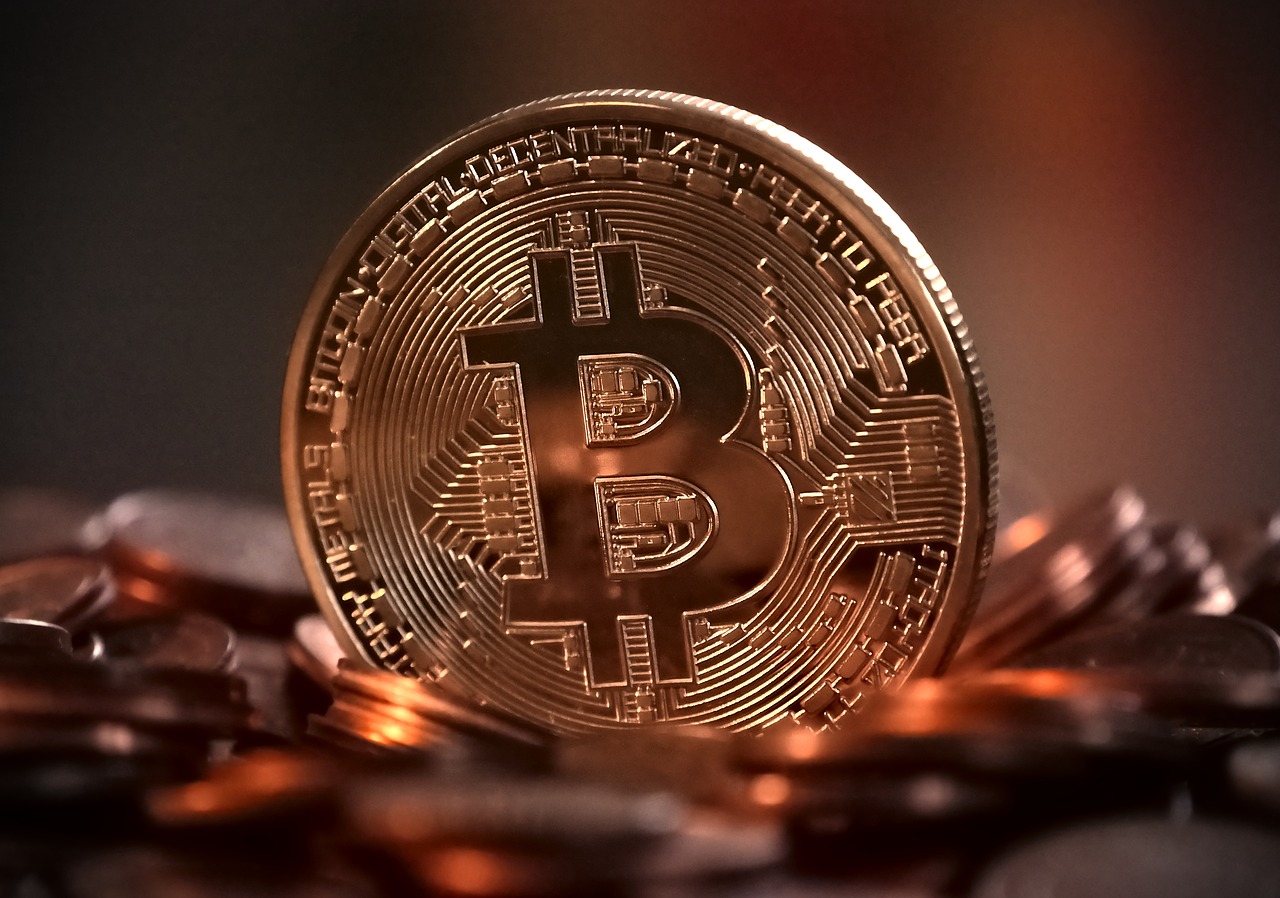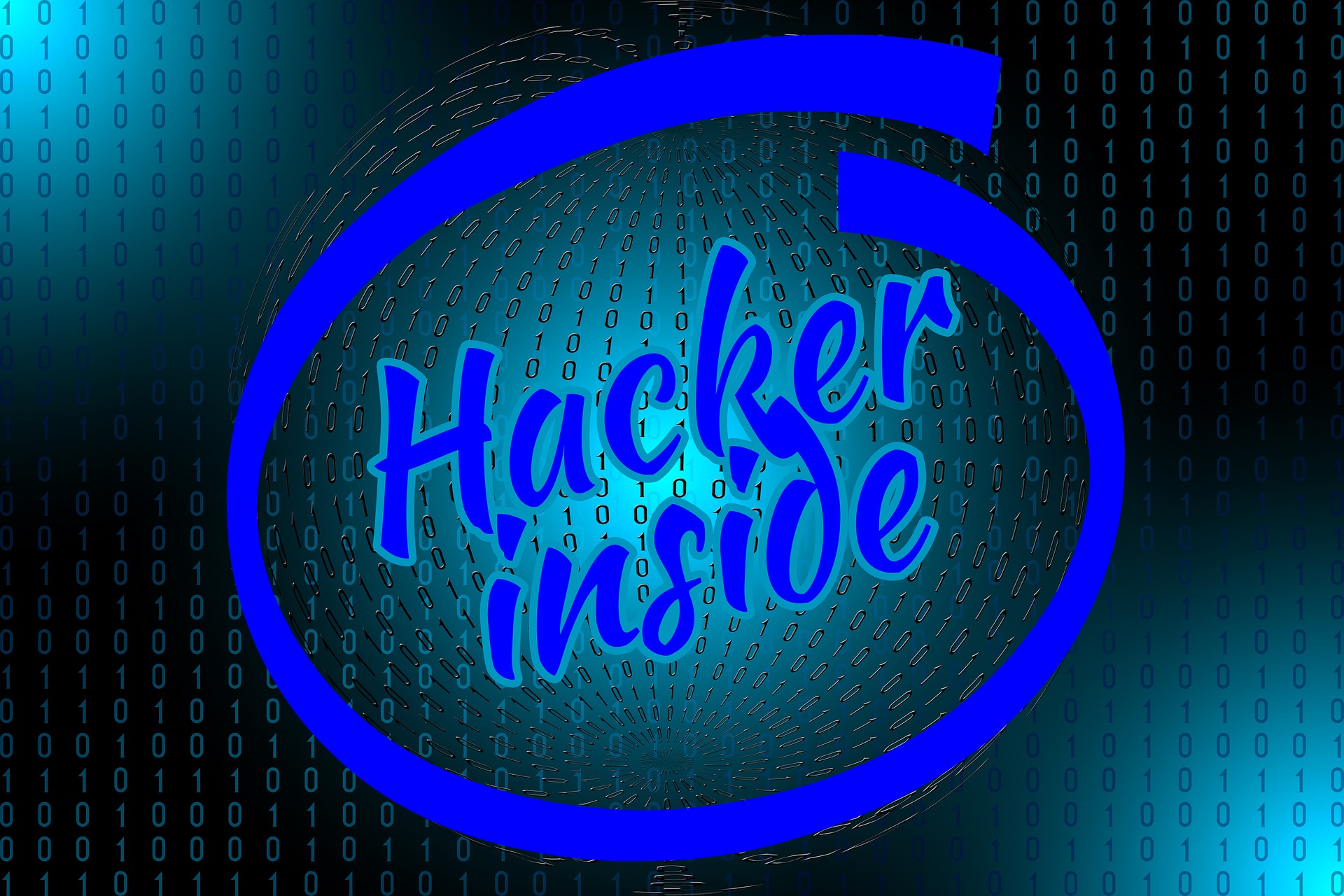Protecting Your Bitcoin and Other Cryptocurrency
Unless you’ve been hiding under a rock, you’ve been hearing all the buzz on bitcoin and cryptocurrency. If you’re thinking about turning your money into cryptocurrency or already have, you should also think about how to protect it.
Several cryptocurrency exchanges and digital wallets have been adding millions of new users within the span of just a couple of months. Many new users in the cryptocurrency world are unaware of the risks and security holes, making them easy targets for hackers and cyber thieves.
One common way cyberthieves are taking advantage of investors is through a phone-porting attack. Hackers monitor social media, looking for conversations regarding cryptocurrency. Once there, they look for anyone exchanging emails or phone numbers through posts. They then pose as the victim, call the phone provider and trick the customer service representative into transferring the phone number to a device they can control. From here, the hackers can log into the victim’s cryptocurrency account, reset the passwords, and steal cryptocurrency from the account.
That’s not the only way investors can fall prey to hackers. There are also computer hacks, phishing scams, and cryptocurrency Ponzi schemes.
So how can someone protect themselves? We’ve put together a list of three ways to protect your cryptocurrency and digital wallets:
- Cold storage | Cold storage is basically a piece of hardware – a device not connected to the internet. You can secure it even further by keeping it in a locked safe or safety deposit box. Unless connected to a network, it is almost impossible to hack because you would have to have physical control of it to get the information stored inside. Two highly recommended, secure hardware wallets are Trezor or the Ledger Nano S. Each one will cost you about $100 or less and the setup is easy. However, a thumb drive with encryption security will also do the trick.
- Two-Factor Authentication | This is a must! What is it exactly? It’s a security feature that adds a second level of protection. When you enter a user name and a password, that’s only a single level. The two-factor authentication requires you to provide items such as a PIN, ATM card, fob, phone, or fingerprint in addition to the user name and password. Although it’s not impervious to hackers, it will still offer more protection than just providing a username and password. There are also systems that provide a random code every time you access the platform. One of the most popular ones is Google Authenticator. It’s easy to set up, controlled from your smartphone, and there is no Google account associated with it to hack. The downside? If you lose your phone it may be hard to get back into your account.
- Keep your wits about you | Act smart and be constantly vigilant. Do not talk about your cryptocurrency on social media or publicly. You should also call your cell phone provider and add every level of security you can add to it. It is also suggested to add a “do not port” SIM card to your account. Diversify your investments – don’t keep your cryptocurrency all in one place. Even if you get hacked in one exchange, it’s doubtful you’ll get hacked in all of them.
There is no guarantee that you won’t get hacked. Almost anything can be hacked these days. However, these are all tips and safeguards that can deter cyberthieves. Hackers are interested in easy targets, if you follow the tips above, you can make it extremely difficult for them to hack you. Thus, they will move on to another, more vulnerable target. At The Tech Zen, we offer a consultation to provide ways to secure your network and add additional layers of protection. Request a consultation with us and we can go over some options that would be best for you. The Tech Zen performs IT services for residential and small business clients throughout South Florida.




